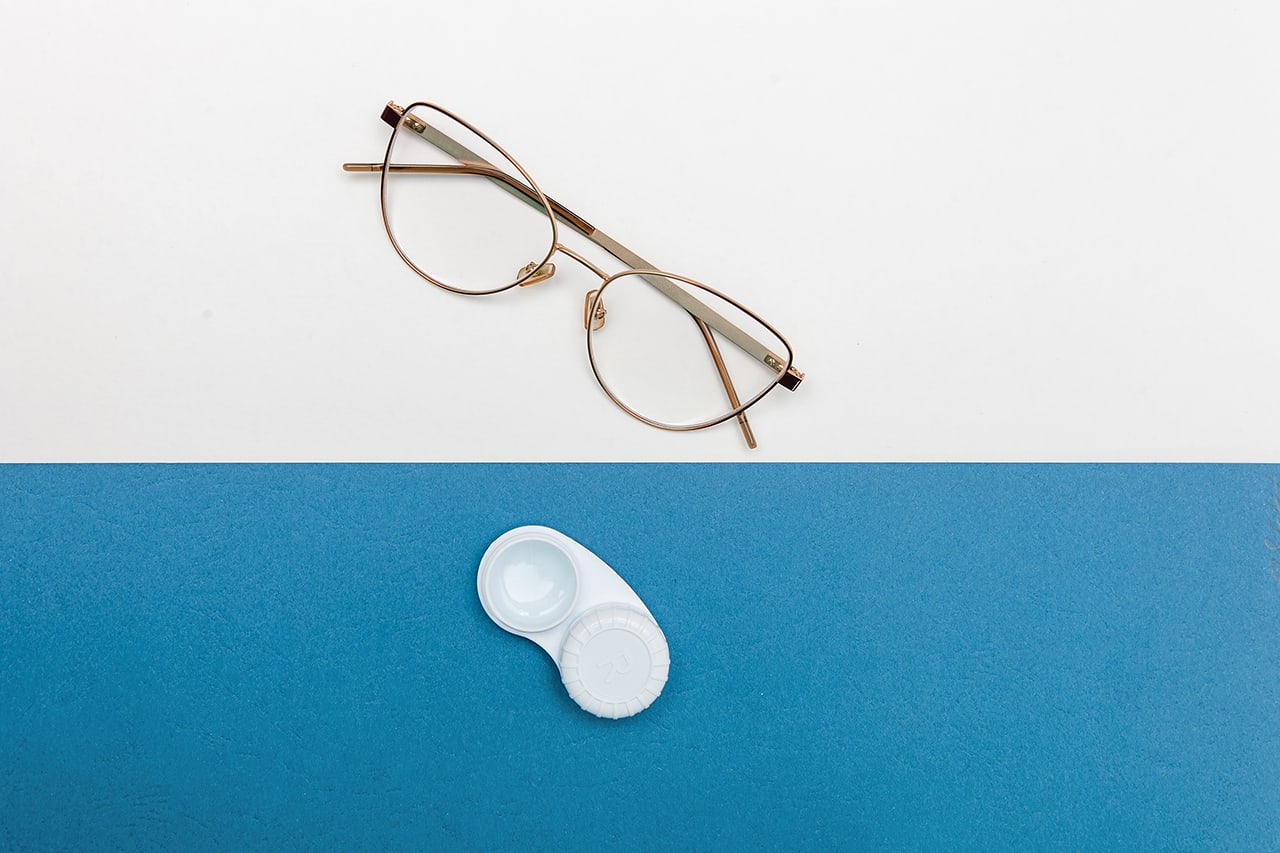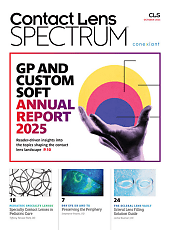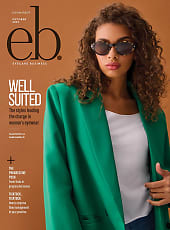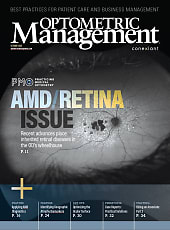Converting glasses-only patients into dual wearers remains one of the clearest opportunities for practice growth—an already paved avenue for strengthening loyalty and increasing revenue per patient that can be accessed with a simple conversation.

EB connected with Ian Ymalay, OD, an optometrist at National Vision Inc., to help make the case for encouraging dual wear in patients.
Understanding Patient Hesitation
A great place to start is recognizing why patients shy away from contact lenses, such as a fear of eye touching or perceived complexity of insertion and care. Plus, many patients assume that certain prescriptions, eye conditions, or even age make them ineligible for contact lenses. Dispelling these myths not only removes barriers but also creates opportunities to connect with patients. “It’s a wonderful thing to see their faces light up when they realize that there’s a lens that meets their full visual needs [and] delivers great comfort and ocular health,” says Dr. Ymalay.
Cost Conversations
“Many [patients] also have cost concerns, especially with dailies, where it can seem to be more expensive over time than using glasses,” says Dr. Ymalay. “I practice in an area where patients have less discretionary income, and they often see the use of daily contact lenses as a luxury.” Framing the conversation around both health and value is key. ECPs can surprise patients by highlighting more accessible options, overcoming the perception that daily wear is a luxury.
Identifying Candidates
“It’s helpful to ask patients how the ability to be glasses-free might improve their performance or enjoyment of specific hobbies or activities,” Dr. Ymalay suggests. Highlighting the real-life benefits that come with dual wear allows patients to imagine situations where contacts would be preferable—whether the patient is an athlete or would just like to wear sunglasses without the need for multiple pairs or photochromic lenses.
Don’t just tell them; show them. “Having and offering contacts in-office is paramount and invaluable,” adds Dr. Ymalay. “It creates a seamless transition where the conversation about the benefits naturally flows into the patient seeing and feeling the difference themselves.”
Growing Expectations
When it comes to patient demand for flexibility in vision correction, Dr. Ymalay says “the trend is moving upward. After nearly 20 years of practice, the shift is clear.” He cites patients who are starting contact lenses at younger ages and presbyopic patients taking advantage of the many available multifocal options. “Patients are realizing that having contact lenses to supplement their visual needs isn’t just a luxury but a practical necessity for today’s lifestyle.”
Dr. Ymalay urges ECPs to listen carefully, address concerns with empathy, and showcase the advances that make contact lenses increasingly accessible. “Show them how dual wear solves specific problems they encounter,” he says. “Educate [patients] that it’s not a switch to contacts; it merely [adds] flexibility and options to their lifestyle.”



